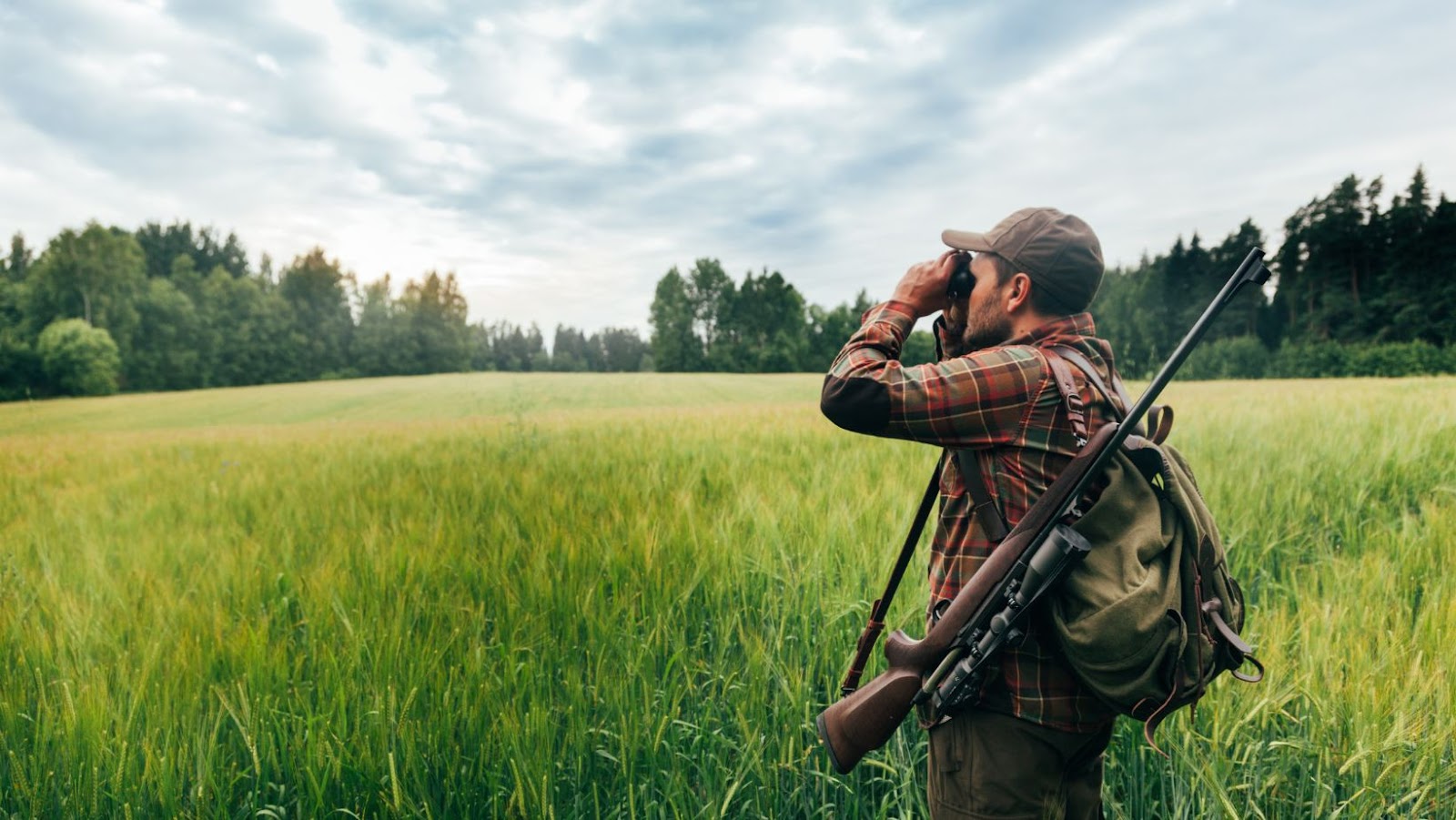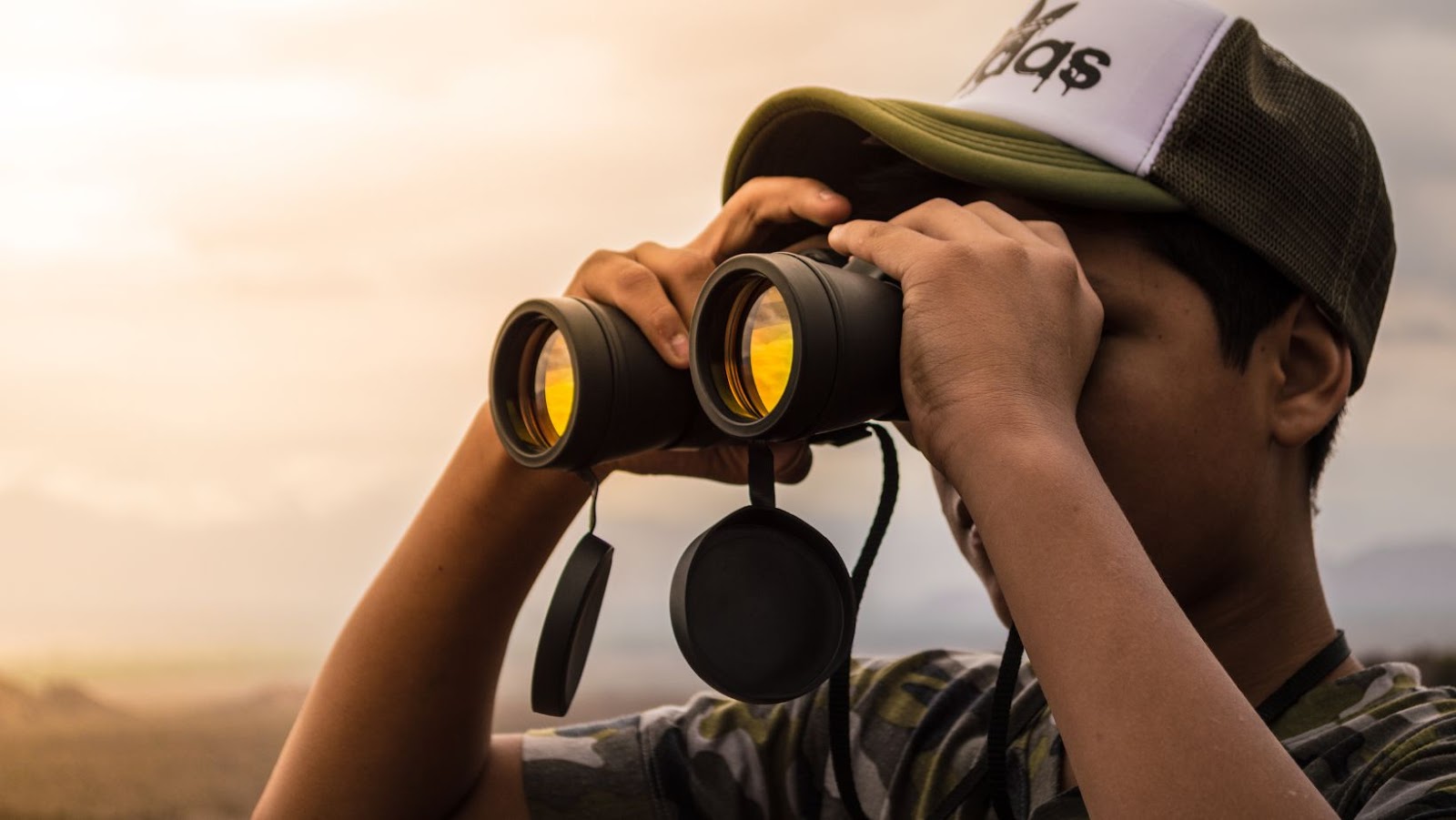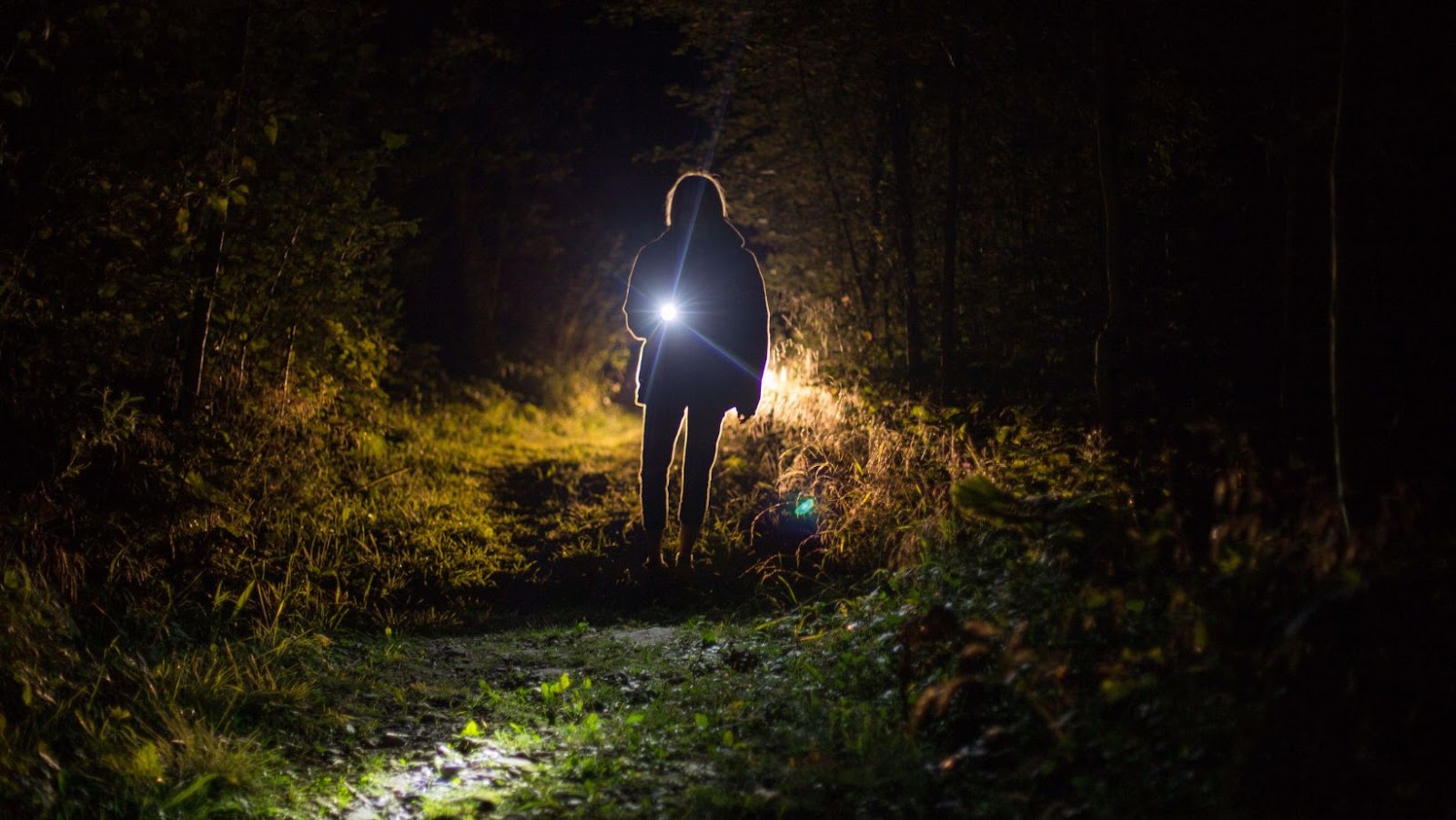The Perfect Equipment for a Night Hunting

Many hunters find night hunting more exciting for a variety of reasons. Animals come to their senses after a long day of hunting and baiting. Overwhelmed by hunger and the instinct to reproduce, they leave their shelters. Night hunters get almost double the portion of animals and the complete absence of competitors. The forest is entirely at the disposal of the most experienced and persistent. If they used night vision devices or a thermal imager, then the target has almost no chance. We will tell you what optics it is better to have at your disposal so that the bag is always full.
Equipment for Night Hunting
Colored and White Lights
Equipment for night hunting duplicates equipment for daytime hunting but with some features. They relate to lighting: night vision devices and flashlights. We will start simple and move towards more technologically advanced and efficient equipment.Lanterns for night hunting are head-mounted, portable, and for mounting on weapons. They can be red, green, and white in color. Red and green are needed to highlight the hunting scene. White can be used for the same purpose, but much less often and for a matter of seconds, to detect the gleam of the victim’s eyes.
It is mainly used for skinning carcasses and domestic purposes. Colored lanterns are used to illuminate feeders with bait, for example, when hunting wild pigs. But much more often, a colored lantern can be found on the forehead or on the weapon. The human vision quickly adapts to the dark after the red light and is much more comfortable when hands are free. When buying, you should take an interest in the resource of work, the range of operating temperatures, the degree of protection, and focus. It should be noted that this is the most economical lighting option, although not the most efficient.
Blood Tracker
In addition to colored ones, there are lanterns for chasing a wounded animal in the wake of blood. Bloodstains glow when illuminated by the blood tracker’s beam and help you find a wounded animal faster. But unfortunately, they do not always distinguish blood from other red substances.
Rangefinder, sight with luminous reticle or red dot. In addition to flashlights, laser rangefinders, and red dot sights are very useful. Rangefinders help to correctly calculate the distance to the target and take a good shot. The red dot sight gives the shooter a sure reference point and helps to get the coveted trophy. Equally popular are sights with a luminous reticle and a built-in rangefinder.
IR flashlight
A more inconspicuous version of the flashlight is infrared light. For animals, it is not visible, but night vision optics, in tandem with it, gives an excellent image. Most night vision equipment has a built-in IR illuminator or provides a mount for it.
Night-vision Devices
Night-vision devices neutralize the superiority of animals to see in the dark. The shooter sees space almost as well as during the day, but in shades of green or black and white. The image gives good spatial orientation, allows you to recognize the target animal, and make a good shot. This equipment reduces to almost zero errors in target identification. Thus, it eliminates penalties for shooting prohibited animals.

What’s more, the night vision optics detect large predators nearby and minimize friendly fire. If hunting takes place with dogs, then with night vision technology there are no problems with identification. Thus, you can observe while remaining hidden and in complete control of the terrain. Night hunting equipment is very diverse and includes: night vision binoculars, night vision monocular, night vision weapon scope, night vision clip-on systems and night vision cameras.
Night Vision Cameras
Cameras will be all useful for keeping track of animals without you being in the immediate vicinity. It is enough to place them on the site and monitor from a comfortable place. Animals do not smell you, behave naturally, and you get information about the number, sex, age, habitual route and diet. Wireless technology and batteries will allow long-term surveillance if necessary. By superimposing the direction of the wind and the position of the sun on these data, it is quite possible to plan a hunting scenario for any, even the most secretive and cunning animal.
Perfect Night Vision Binoculars
After the planning stage, you need to get into position and scan the area. Night vision binoculars will help with this. It allows you to cover large areas and will be very useful when hunting at the edge of the field, in the river valley, from the top of the cliff. Its advantage is the natural transmission of space, as we are used to seeing with our eyes. The best night vision binoculars have a wide field of view and excellent resolution. It allows you to see the smallest details at a considerable distance. This rules out shooting the wrong animal by mistake.
For example, in the dark it is difficult to see who is in front of you, a fox or a coyote. The best night vision binoculars gives enough information for correct identification and thus saves nerves and money.In order to navigate in quality of night vision binoculars, you should pay a little attention to such parameters as: generation, resolution, magnification, viewing angle width. Gen2, 2+ and all subsequent generations, provide excellent clarity and image quality, as well as a decent battery life. Resolution depends on the generation, and the higher the indicators, the better.
The multiplicity determines the degree of magnification. As a rule, 4-8x is enough for hunting. The viewing angle should be sought in the region of 40 °. In good binoculars, we are looking for a long battery life and decent case protection of at least Ip 65. It’s great if there is an automatic shutdown of bright light and an IR illuminator. If you plan to sit in the curtain for a long time and observe, then a tripod will help free your hands.
Night Vision Scope and Monoculars
Night Vision Monocular
If the weight of the backpack is important to you and the binoculars seem a bit large to you, you should pay attention to the night vision monocular. It is lightweight, very compact and easy to use. In addition, its price will allow you to save a little. However, it does an excellent job of target detection and can serve as an alternative to two gadgets at once: binoculars and a scope. Night vision monocular can be mounted on a helmet and aim with a conventional optical sight at night.
Some models are attached to the weapon with the help of an adapter and turn a day optical sight into a night vision scope. The NV monocular will be good at medium and short distances. Parameters that are important for binoculars will also be relevant for a monocular. Gen2,2+, white phosphor is desirable, good resolution around 60 lp/mm and higher, Ip 65, etc. In the best night vision monocular, you can change lenses to more powerful ones and thereby increase the detection range.
Night Vision Weapon Scope
What will we value most in a night vision weapon scope? Obviously, the image quality, detection range, resistance to weapon recoil and a good degree of protection.A clear and high-quality image is provided by scopes with image intensifier tubes Gen 2, 2+ and more. They have a wide range of features to customize to suit your lighting conditions. Detection range within 500 yards and a detection range of around 250 yards cover most hunter requests.

The built-in rangefinder and luminous reticle will surely come in handy in the twilight. Night vision weapon scope can work on the basis of white or green phosphor. Each hunter can choose what will be more comfortable for his eyesight. But, black and white images get more positive feedback. Among other important parameters, we highlight the low weight and good battery life, with the ability to connect to an external battery.
Night Vision Clip-On Systems
If you have a favorite rifle that suits you in every way with an excellent scope, then buying a night vision clip-on systems instead of a night vision weapon sights will be a very good way to turn your weapon into a night rifle. There are no complications – just attach and you’re done. Without tools. Of the nice bonuses-remote control, auto-gating system. Among the shortcomings, we note that the total number of lenses may somewhat lose the amount of light along the path of transportation, but it cannot significantly affect the aiming process. The advantages include the lack of resetting and reconfiguring weapons.
Thermal Imager
This is the most expensive piece of equipment on our list. But if you have a budget, then it is worth the money. It is excellent for target acquisition, especially in rain, snow or fog. It will ignore small greenery and subtle obstacles. Even in a dense forest, any warm animal will be detected. Against a snowy background, even an animal with white fur has no chance to hide. With him it is much more convenient to follow the trail of a wounded animal. Blood, a recent place of lying down – all this will be visible, even on the darkest night. Thermal signatures are not visible on the ground or snow, and the thermal imager will register them for several hours after the place has been left. Of course, the thermal imager has disadvantages. This is primarily the price. In addition, the thermal imager does not see through glass and water. The biggest problem with a thermal imager is a flat image, without the ability to assess the distance and size of objects. It’s great for spotting, but it needs company in the form of a night vision scope or night vision binoculars.
There is no perfect formula for night gear. As a rule, pairs consisting of thermal imaging binoculars and a night vision scope or night vision binoculars and a thermal imaging scope work best. But, you should not be limited only to them. Creativity and pragmatism will allow you to find your own recipe for night gear. But, before you pack your backpack, you need to know in detail all local, state, federal laws and regulations regarding the use of your equipment. In a number of places, there are bans on the use of any equipment that captures particles of light or thermal imagers. In this case, the good old colored lights will come to the rescue.
-
Quotes1 year ago
30 Inspirational Thoughts For The Day
-
Self Improvement1 year ago
7 Tips To Recreate Your Life In 3 Months And Change Your Destiny
-
Motivation1 year ago
5 Excellent Ways To Stay Focused On Your Dreams
-
Quotes1 year ago
21 Quotes About Chasing Perfection And Striving For It
-
Health1 year ago
4 CBD Products Your Dog Deserves To Have
-
Personal Finance2 months ago
How Do I Find My UCAS ID Number?
-
Entrepreneurs1 year ago
1Password Evaluation – The Highest Ranked Password Manager Out There
-
Entrepreneurs2 years ago
51 Lucrative Ways to Make Money From Home



























